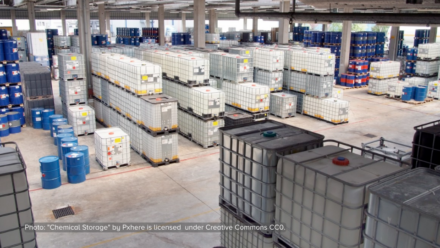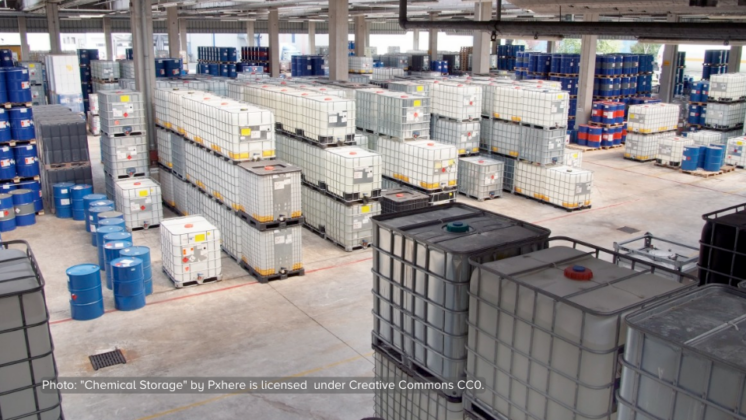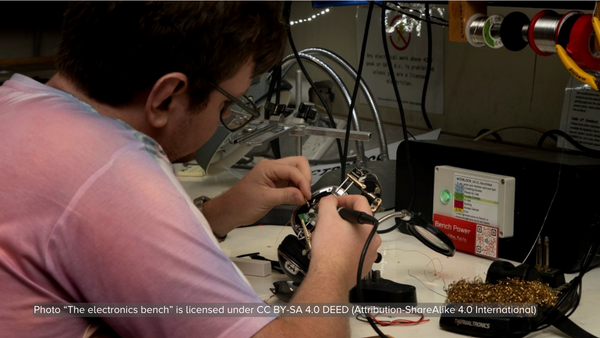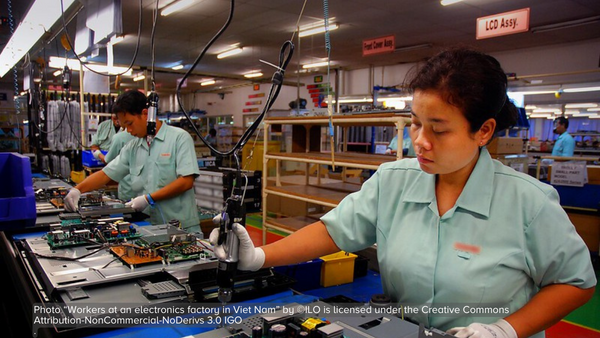On 3 November, the International Labour Organization published a publication: The ups and downs in the electronics industry: fluctuating production and the use of temporary and other forms of employment. The paper is issued for discussion at the Global Dialogue Forum on the adaptability of companies to deal with fluctuating demands and the incidence of temporary and other forms of employment in electronics.

On 3 November, the International Labour Organization published a publication: The ups and downs in the electronics industry: fluctuating production and the use of temporary and other forms of employment. The paper is issued for discussion at the Global Dialogue Forum on the adaptability of companies to deal with fluctuating demands and the incidence of temporary and other forms of employment in electronics.
The global electronics industry is one of the largest industrial sectors in the global economy. Some estimate that the industry employs more workers and generates more revenue than any other sector. Exact figures on the total number of workers in the industry globally are difficult to come by.
A study conducted for the ILO Better Work Program in 2010 estimated the number of workers in the electronics industry as 18 million. In 2011, The Sustainable Trade Initiative’s Electronics Program estimated this number to be over 15 million. UNIDO employment figures for 2009 show less than 12 million. The global electronics industry is highly competitive, innovative, fast changing with short product cycles, and largely employs a just-in-time production model.
In order to stay competitive in such an industry, firms must “master[ing] this pace of change… (where) excess inventory or transit time, delays of expensive components, or any finished or semi-finished product containing them, anywhere in the value chain, results in value loss”.
Read the full publication here.











